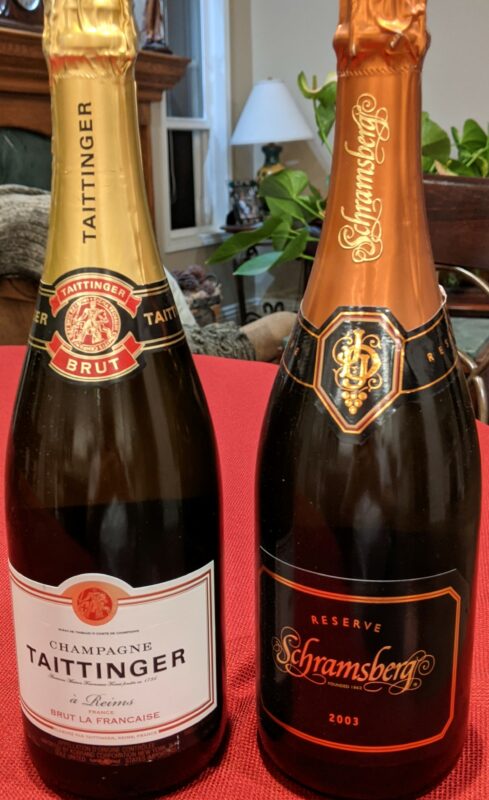Ripped from the headlines: “FBI says Russian hackers responsible for cyberattack on fuel pipeline” — ABC News, May 11, 2021; “A Russian group claimed responsibility for pipeline ransomware attack” — MSNBC, May 10, 2021; “Russian hackers responsible for cyberattack” — Sky News, July 5, 2021.
What do Russian attempts to sabotage the Western economy have to do with a wine column? Well, here’s another headline, “Russia upsets France with new Champagne law” — CNBC News, July 9, 2021.
Who knows if this is intentional, but Russia seems to be trying its hardest to perturb as many countries as possible. Ransomware attacks against a U.S. pipeline company; more than 150 organizations worldwide allegedly targeted in a Russian attack, according to Microsoft; hacking against the Ukraine navy; and now, going after the venerable king of sparkling wine.
You see, there are certain names and phrases that have been given international recognition of location, reputation and quality. More than 120 countries have signed onto the World Trade Organization’s 1994 Agreement on Trade-Related Aspects of Intellectual Property Rights (TRIPS). That treaty identifies certain trade names and marks that require protection. Similar to trademarks, Geographical Indications (“GIs”) are a form of intellectual property.
The U.S. Patent and Trademark Office defines GIs “as indications which identify a good as originating in the territory of a member, or a region or locality in that territory, where a given quality, reputation or other characteristic of the good is essentially attributable to its geographic origin.” In other words, the mention of a GI triggers in the mind of the consumer a specific product.
Examples of registered or established GIs include Parmigiano Reggiano cheese and Prosciutto di Parma ham from the Parma region of Italy, Toscano olive oil from Tuscany, Roquefort cheese, Champagne from the region of the same name in France, Irish whiskey, Darjeeling tea, Florida oranges, Idaho potatoes, Vidalia onions, Washington State apples and Napa Valley Wines.
As you likely know, winemakers all over the globe make sparkling wine. Some even use the same method as the Champagne houses to make their wine, méthode champenoise. A classic example of an excellent California maker of sparkling wine is Napa’s Schramsberg. Hugh Davies, Schramsberg’s vintner, follows the same exacting and rigorous process as the folks at Dom Perignon, doing a secondary fermentation in the bottle. The result is a bottle of sparkling wine that rivals the finest from Champagne.

But, because of TRIPS and out of respect for the traditions and history of Champagne, Schramsberg names its wine as sparkling, not Champagne.
And Hugh is not alone. Most winemakers and even most countries follow the edict that the term “Champagne” belongs only to that special region of northeastern France. Apparently, Russia has decided to buck the trend.
A new Russian law allows Russian producers of sparkling wine to use “shampanskoye” — the Russian word for Champagne — on their bottles. Sounds suspiciously like Champagne. Then, to add insult to injury, the same law, according to CNBC, requires French Champagne producers to add the words “sparkling wine” on the back of the label if they want to sell their bottles in Russia.
So, prepare yourself for an international controversy over what for most folks was settled law and tradition. Who knows — maybe Russia is hurt that so many countries make their own version of a cereal grain-based distilled spirit and call it “vodka,” mimicking an iconic Russian creation.
Carl Kanowsky is an attorney, a fledgling baker, an enthusiastic cook and an expert wine drinker.












